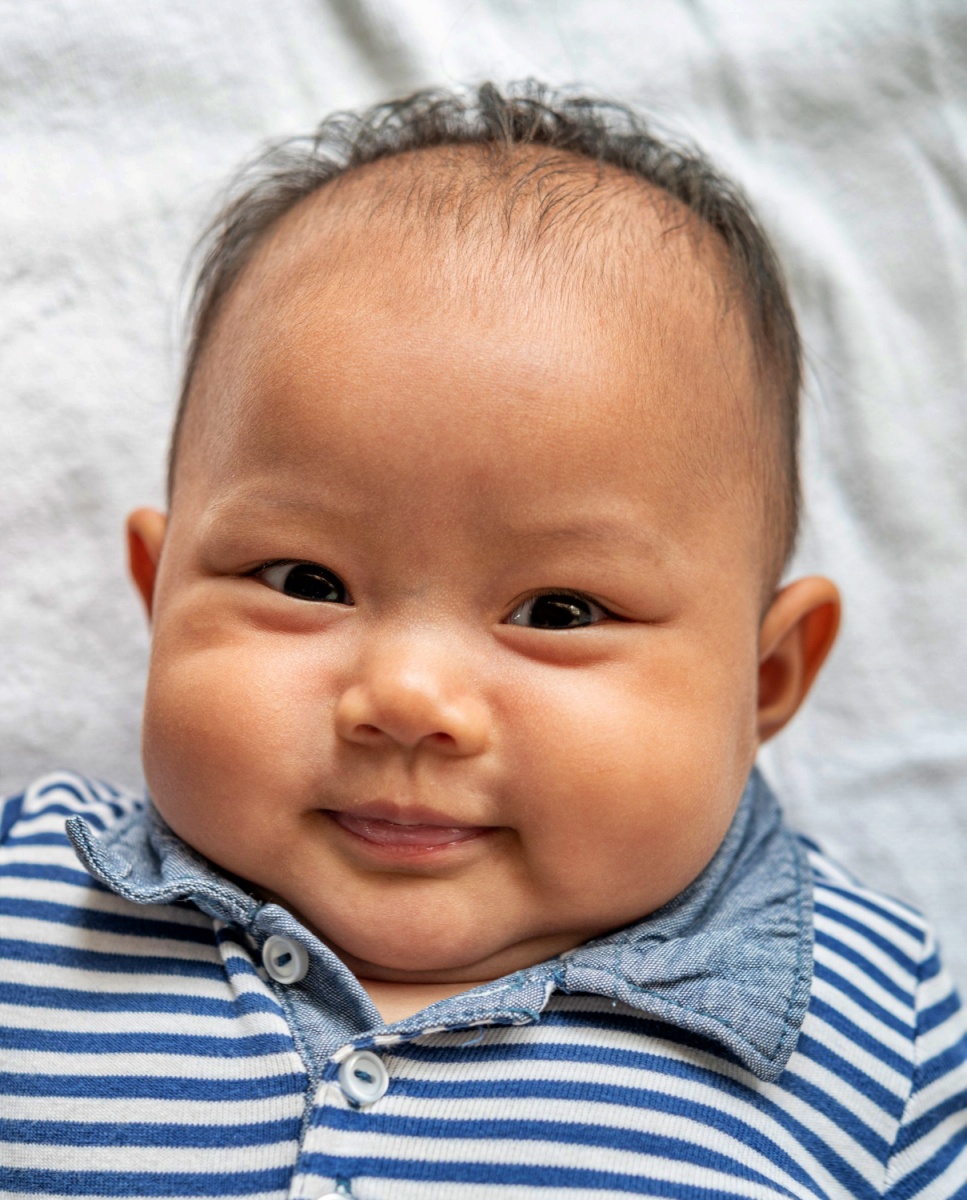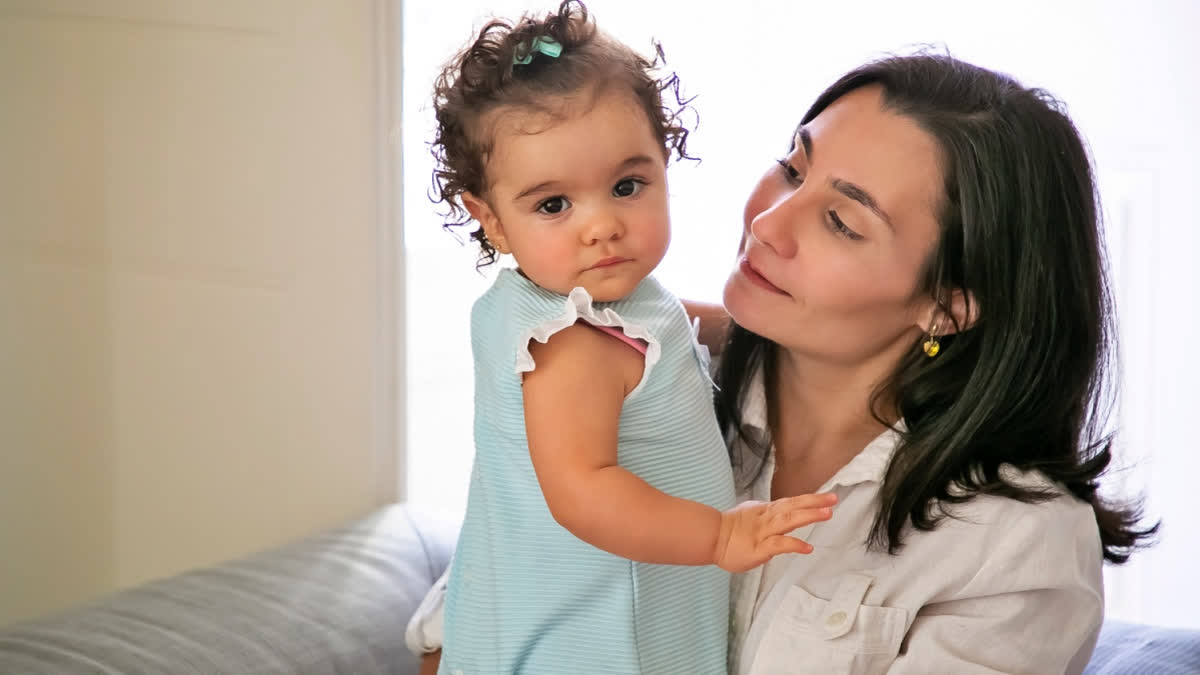When it comes to infants, their eyes are quietly telling a story long before they can speak. In the first few years of life, an infant’s eyesight is akin to an artist sketching on a blank canvas, constantly evolving and refining itself. Dr. Digvijay Singh, Director at Noble Eye Care, Gurugram, notes that detecting eye issues in infants is particularly challenging. “The eyesight is still developing in the first few years of life, and it is difficult to judge if an infant is having eyesight issues,” he explains.
But even in silence, the eyes offer clues. Dr. Singh highlights several behavioural and physical signs parents can watch for:
- Poor Eye Contact and Social Smile: If an infant struggles to maintain eye contact or does not respond with a smile by three to four months, it could hint at weak eyesight or neurological concerns.
- Frequent Eye Rubbing and Light Sensitivity: These behaviours might point to structural issues like congenital glaucoma or cataracts.
- Visible Deformities or Cloudy Pupils: “For example, congenital cataracts or retinoblastoma may be suggested by a cloudy view of the pupil in photos or when exposed to light,” adds Dr. Singh.
Critical Window For Detection
The first six months of life are a crucial window for spotting and addressing eye problems. Dr. Neeraj Sanduja, Ophthalmologist and Eye Surgeon at Viaan Eye and Retina Centre, believes early identification is important. “Instant identification of issues related to eyesight in babies is crucial,” he says.

Certain conditions, such as strabismus (misaligned eyes) or blocked tear ducts, can often be addressed effectively if caught early. “If untreated, strabismus may lead to amblyopia, or ‘lazy eye,’ which can cause long-term vision impairment,” Dr. Sanduja warns.
Blocked tear ducts (while common in newborns) can lead to recurring infections if neglected. Similarly, constant rubbing of the eyes, difficulty focusing, or watery eyes in response to light may signal complex issues like congenital glaucoma or cataracts.
When To Seek Professional Help
While paediatricians often conduct basic eye exams during routine check-ups, these may not be as comprehensive as a paediatric ophthalmologist’s evaluation. Dr. Singh advises parents to take note if their baby struggles with visual tracking by three to four months or shows persistent signs of discomfort.

“A child’s first visit to an ophthalmologist should ideally happen at six months of age or sooner if issues arise,” recommends Dr. Sanduja. Early visits can uncover and address problems before they lead to irreversible damage.
Early Intervention
Early detection gives your children the foundation they need to thrive socially. Vision is closely tied to developmental milestones like recognizing faces, exploring the environment, and even building social connections. A delay in addressing eye issues can cascade into challenges with motor skills, learning, and emotional health.
“Preventative measures not only help with primary diagnosis and treatment but also reduce the risk of long-term complications,” says Dr. Sanduja.
What Parents Can Do
While a baby’s eyes might not verbalize discomfort, they communicate through behaviours and reactions. Here’s a checklist of signs to watch for:
- Poor Eye Alignment: Look for squinting or eyes that appear crossed (strabismus).
- Persistent Discharge Or Watery Eyes: Could indicate blocked tear ducts or infections.
- Light Sensitivity And Eye Rubbing: May point to congenital glaucoma or irritation.
- Lack Of Visual Tracking: If the baby doesn’t follow a moving object by three to four months.
- Cloudy Pupils In Photos: May indicate congenital cataracts or other structural issues.
“Addressing eye issues early is about setting the stage for overall development,” says Dr. Singh. “The earlier we intervene, the better the outcomes for the child’s physical and emotional well-being.”
References:
- https://iovs.arvojournals.org/article.aspx?articleid=2127335
- https://bmcophthalmol.biomedcentral.com/articles/10.1186/s12886-021-02151-7
Disclaimer: The information provided in this health article is for general informational purposes only and is not intended as medical advice. It is not a substitute for professional healthcare consultation, diagnosis, or treatment. Always seek the advice of your physician or other qualified health provider with any questions you may have regarding a medical condition.
Read more:



